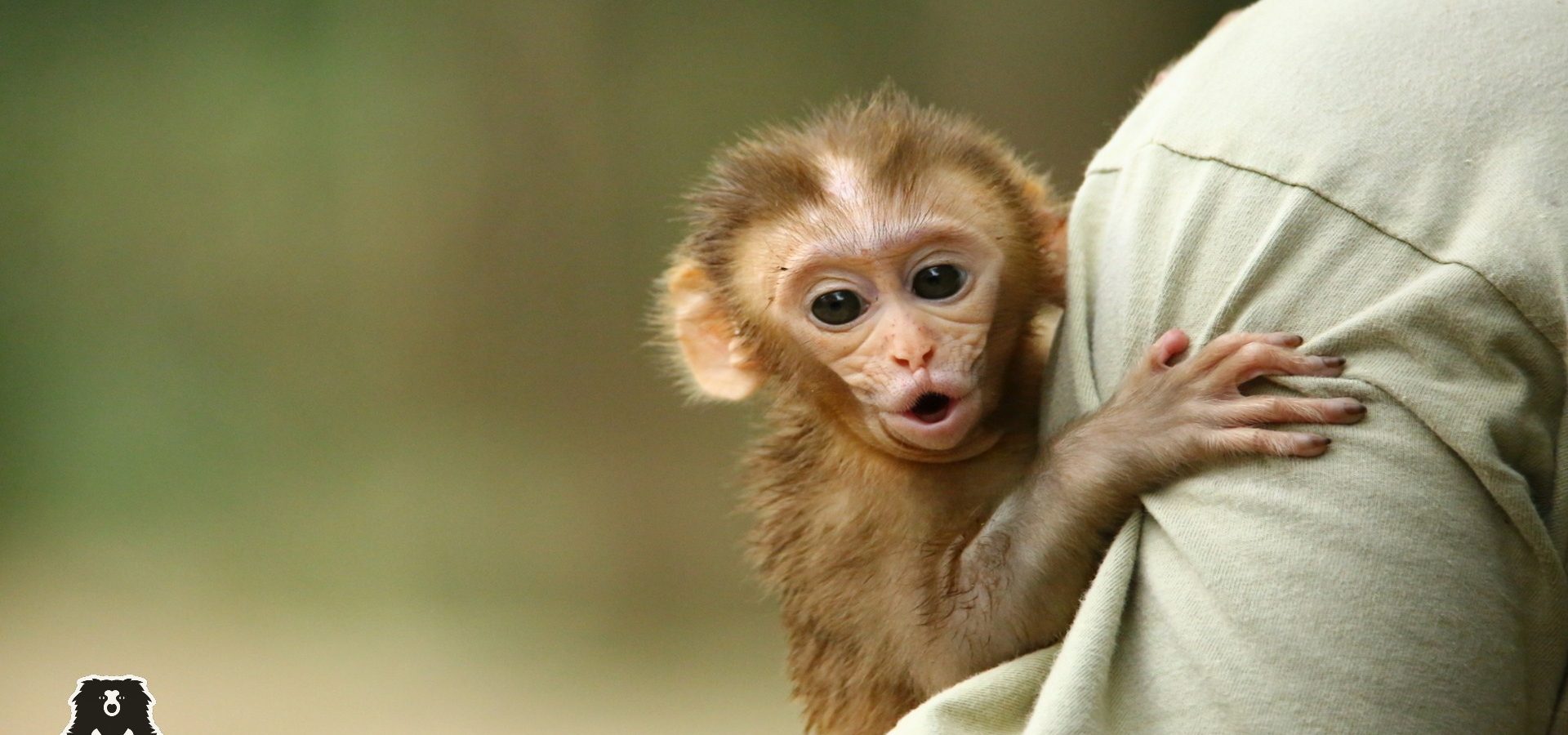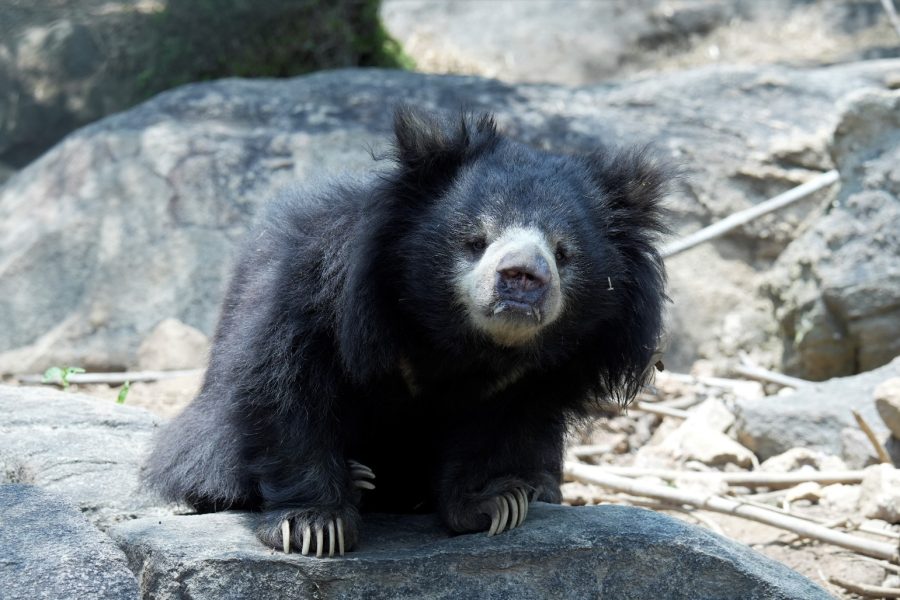What picture would you build in your head for a “monkey-human relationship”? A primate, probably in the midst of a road, grabbing a banana from your hand. Let’s dig deeper into this picture of yours.
Once occupying the faraway lands, amongst the lush greens of forests, primates are now parading across major Indian cities. Of the 22 primate species inhabiting India, a few such as Rhesus macaque (Macaca mulatta), and Gray langur (Semnopithecus entellus) have adapted to human-dominated landscapes. They have established themselves so successfully in urban areas that they are now referred to as “commensal” primates.
This adaptability has, unfortunately, not proven beneficial for the animal. Trying to avail food items through raiding and snatching, monkeys face the wrath of humans. Rhesus macaques are hardy, adaptable species, and often persecuted as “menace-causing.” Conflicts between humans and monkeys have become a serious concern amongst scientists, managers, and policymakers.
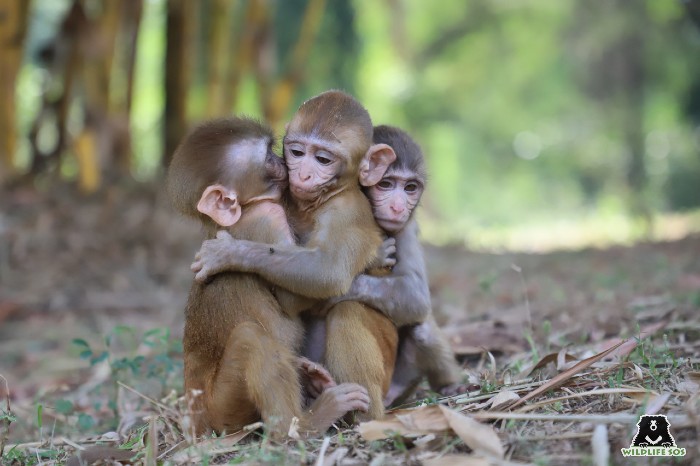
Monkeys – Sacred or Scorned?
Sharing ecological and social spaces has resulted in a rather unusual relationship between humans and primates. Primates play a significant role in cultural, religious, as well as scientific aspects. However, the relationship isn’t as smooth as expected – it takes as many turns as one can expect – ranging from companionship to conflict.
Monkeys hold a significant reputation in Hindu mythology as people associate them with the Monkey-God, Hanuman. As a result, monkeys are found in high densities around temples. At religious sites, people reckon it holy to feed monkeys with fruits, especially bananas. Weaving monkeys in mythology has certainly enhanced the ability of humans to tolerate the species.
Despite the religious connotations and positive attitude that comes along, the cases of human-primate conflict have been on the rise. These urban adapters are considered pests in cities like Delhi and Agra. This love-hate relationship is inevitable.
People keeping primates as pets illegally poses challenges to the species’ survival and coexistence. While young primates may seem something to be gushed over, humans are unable to keep up and tend to them once they grow old. Locals often buy these older (and much aggressive) monkeys to make monetary benefits. They train these primates to beg or entertain for attracting tourists and bringing home the bread and butter. Such activities occur despite the protection that Rhesus macaques receive under the Wildlife (Protection) Act, 1972. Possession and use of monkeys is illegal and a punishable offense under the Act.
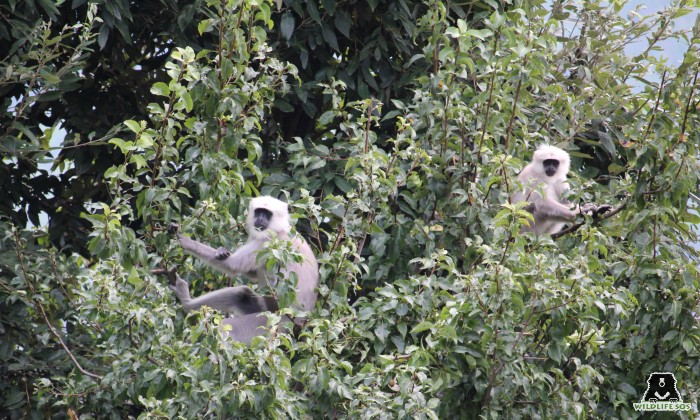
Why have monkeys chosen cities as their haven?
In the wild, monkeys spend time foraging for food but with human interference, they need not walk the extra mile when in cities. They instead find it easier to raid garbage bins and rely on being fed by humans.
To our surprise, this provisioned food does not do much good for the animal – it causes hormonal imbalance, increases stress, aggression, and modifies their behavior and reproductive patterns. This can commonly be termed as “urban wildlife syndrome.”
Now, one would cleverly point out how feeding wildlife is illegal. Yes, it is. The Delhi High Court even issued an order to not feed monkeys in public areas a few years ago. Then why do people still do it? For religious purposes, their “care” for animals, sympathy, and even fear.
When at times, monkeys are not provided with food, they turn aggressive and this often leads to conflict situations. They are considered to “wreak havoc” in major cities of northern India, including Delhi, Chandigarh, and Shimla. An article reported nearly 1,800 annual cases of monkey bites in the capital city, alone.
The lack of a natural predator in cities also contributes to the escalating primate population. Endless tales of monkeys encroaching, destroying properties, and even stealing food from people’s homes come to light. Inefficient garbage and waste disposal systems offer the species an ample amount of leftover food. Spending more time waiting for food near the roads even leads to higher chances of them getting into vehicular collisions. They seem to have adapted quite soundly to the urban lifestyle.
To what do we owe this change?
According to the last count, there were 50 million monkeys in the country. The ever-increasing encroachment of wild habitats is seen as a result of deforestation, agriculture, loss of natural resources, and urbanization. India’s urbanized blocks are slowly replacing the natural habitat. Following this, monkeys have moved away from their natural environments and made their way into human settlements. This worrisome shift ultimately enhances the chances of conflict between humans and wildlife.
We have reduced the spaces for wild animals to mere patches. Only some species, in such a situation, are able to exploit the human-dominated areas. Here, they end up utilizing easily accessible food resources such as cultivations and garbage. Resulting crop raids often add to the human-primate conflict.
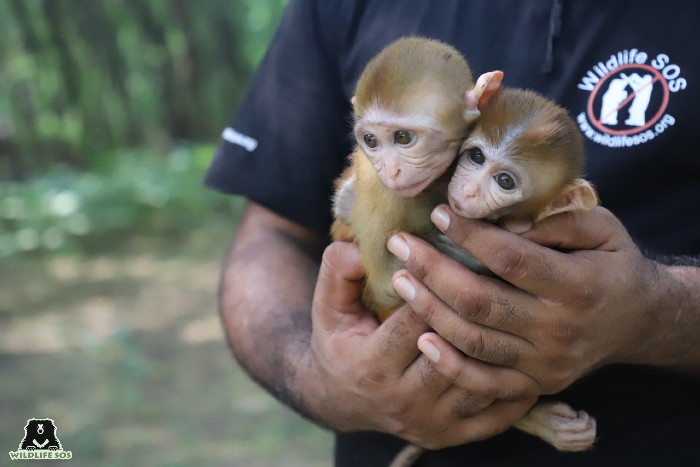
Do we have any solution to this havoc?
For years, humans have resorted to the method of deploying langurs to drive away other monkeys. Humans hailed the natural solution of bringing langurs to maraud Rhesus macaques for years. But ever since the practice has been objected upon by wildlife activists and prohibited during an Environment Ministry ruling, other measures have been tested.
People even tried methods that involve capturing them from a problematic area and releasing them elsewhere. Instead of resolving the conflict, this has led to the shift of conflict in newer regions.
Surgical sterilization of monkeys to control their population has also been in the talks for years. However, in practice, the method has proved to be ineffective.
What can you do?
We have a simple piece of advice – the next time you see a monkey seeking food-. DO NOT FEED THEM! This is the best you could do for yourself and the wildlife you seem to care for. Educate yourself and those around you. The only ethical ways to deal with this problem are imposing better animal management techniques and educating oneself.
Where does Wildlife SOS step in?
The Wildlife SOS 24-hour helpline provides aid to distressed animals including Rhesus monkeys and Gray langurs. We respond to calls about those falling victim to road accidents, trapping, and electrocution. The organization often rescues orphaned baby monkeys from cities and cares for them at the center.
Wildlife SOS emergency rescue helplines:
Delhi NCR – +91-9871963535
Agra & Mathura in Uttar Pradesh – +91-9917109666
Vadodara, Gujarat – +91-9825011117
Jammu & Kashmir – +91-7006692300, +91-9419778280
If you come across any wild animal in distress, please alert our rescue team on these numbers as soon as possible!

